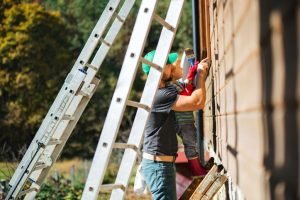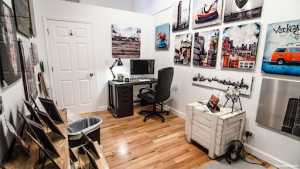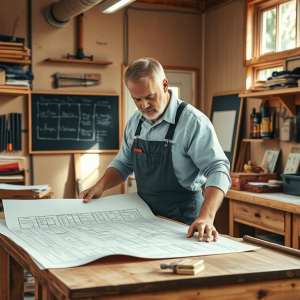Last Updated on July 29, 2025 by teamobn
Creating a dedicated home gym is a significant step towards achieving your fitness goals, offering unparalleled convenience and time-saving benefits. While a lot of thought goes into selecting an Olympic barbell, power rack, or cardio machines, a foundational element that’s often overlooked, yet critically important, is your gym flooring.
The right flooring isn’t just about aesthetics; it’s a crucial investment that protects your equipment, enhances your performance, supports your joints, and contributes to a safer, more effective workout environment. Whether you’re focused on heavy weightlifting, high-intensity interval training (HIIT), cardio, or mindful practices like yoga and Pilates, establishing the correct foundation will pave the way for pain-free and productive sessions for years to come.
Contents
- 1 Why Your Home Gym Flooring is a Non-Negotiable Element
- 2 Exploring the Spectrum of Home Gym Flooring Options
- 2.1 1. Rubber Flooring: The Gold Standard for Most Home Gyms
- 2.2 2. Foam Tiles: Comfort for Lighter Activities
- 2.3 3. Vinyl Flooring (Luxury Vinyl Tile/Plank – LVT/LVP): The Versatile All-Rounder
- 2.4 4. Carpet Tiles: Comfort and Warmth, With Caveats
- 2.5 5. Horse Stall Mats: The Heavy-Duty, Budget-Friendly Powerhouse
- 3 Key Considerations When Choosing Your Home Gym Flooring
- 4 Investing in Your Foundation for Long-Term Fitness Success
Why Your Home Gym Flooring is a Non-Negotiable Element
Investing in quality home gym flooring offers a multitude of advantages that directly impact your training experience and the longevity of your space:
- Enhanced Joint Protection: High-impact activities like jumping, running, and heavy lifting can place considerable stress on your joints. Good gym flooring provides essential shock absorption, cushioning the impact and reducing the risk of injuries to your knees, ankles, and back.
- Superior Traction and Stability: The last thing you want during an intense workout is to slip. Appropriate flooring offers improved grip, ensuring stable footing for lifts, quick movements, and dynamic exercises, thereby preventing falls and allowing for optimal force transfer.
- Equipment and Subfloor Preservation: Dropped weights and the constant vibration from cardio machines can wreak havoc on your underlying floors (be it concrete, tiles, or timber) and damage your expensive equipment. Gym flooring acts as a protective barrier, absorbing impacts and preventing costly repairs.
- Noise Dampening: This is a game-changer, especially if your gym is located upstairs, in an apartment, or in a shared living space. Quality flooring materials significantly reduce noise and vibrations, keeping your workouts from becoming a disturbance to others.
- Improved Hygiene and Maintenance: Dedicated gym flooring is generally designed to be easy to clean, resisting sweat, spills, and dirt, making it simpler to maintain a hygienic workout environment.
- Increased Motivation and Focus: A well-designed gym space, starting with the right floor, can create a more inviting and professional atmosphere, boosting your motivation to train consistently and effectively.
Exploring the Spectrum of Home Gym Flooring Options
Several types of flooring are suitable for home gyms, each with its own set of characteristics. The ideal choice for you will depend on your primary training style, the equipment you use, the size of your space, and your budget.
1. Rubber Flooring: The Gold Standard for Most Home Gyms
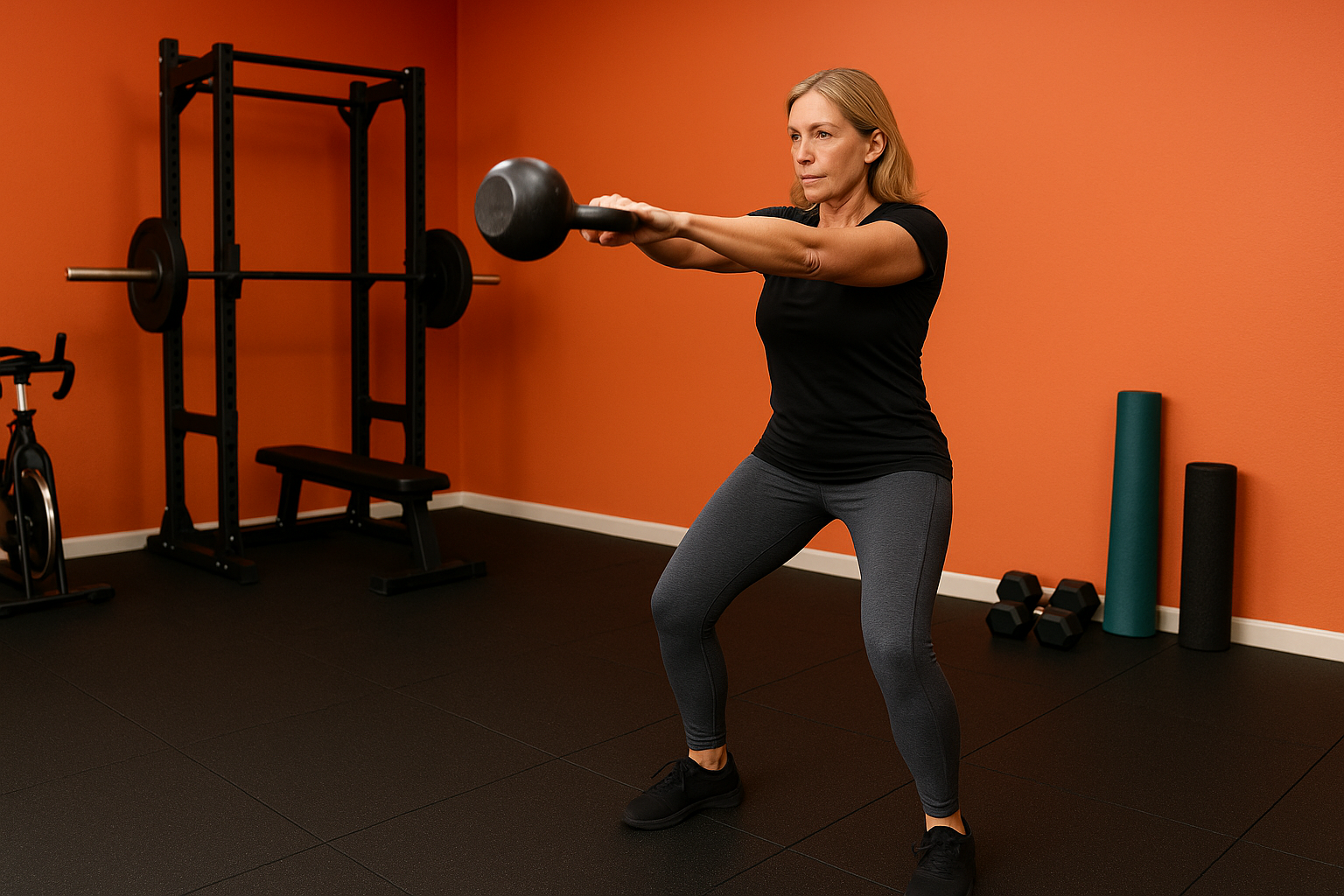
Rubber is arguably the most popular and versatile choice for serious home gyms, and for good reason.
- Pros:
- Exceptional Durability: Highly resistant to wear and tear, heavy impacts, and indentations from equipment. It can withstand dropped dumbbells and the weight of power racks.
- Superior Shock Absorption: Offers excellent protection for joints and subfloors, making it ideal for weightlifting and high-impact cardio.
- Excellent Traction: Provides a non-slip surface even when wet with sweat.
- Good Noise Insulation: Significantly reduces sound and vibrations.
- Easy to Clean: Generally requires simple mopping or vacuuming.
- Variety of Options: Available in rolls, interlocking tiles, and mats of varying thicknesses. Interlocking tiles are particularly DIY-friendly, often requiring no adhesive.
- Cons:
- Cost: Can be more expensive than some other options.
- Odor: Some rubber products, especially recycled ones, can have a distinct rubber smell that may take time to dissipate. Look for low-odor or virgin rubber options if this is a concern.
- Weight: Rubber flooring can be heavy, making installation of large rolls a two-person job.
- Best Suited For: Weightlifting, powerlifting, CrossFit, HIIT, general fitness, areas with heavy equipment.
- Thickness Guide:
- 6-8mm: Good for general fitness, light to moderate weights, and cardio equipment.
- 8-10mm: Ideal for most home gyms, providing a good balance of protection and cost for moderate to heavy weightlifting.
- 10mm+ (and specialised impact tiles): Recommended for areas where very heavy weights are regularly dropped (e.g., dedicated Olympic lifting platforms).
2. Foam Tiles: Comfort for Lighter Activities
Foam tiles are a common entry-level option, particularly for those prioritising cushioning for floor-based exercises.
- Pros:
- Excellent Cushioning: Very comfortable underfoot and provides good shock absorption for bodyweight exercises.
- Lightweight and Easy to Install: Interlocking tiles are simple to lay and reconfigure.
- Affordable: Generally one of the most budget-friendly options.
- Good Thermal Insulation: Can make a cold concrete floor feel warmer.
- Cons:
- Not Durable Enough for Heavy Weights: Prone to indentations, punctures, and tearing under heavy equipment or dropped weights. Not suitable as the primary flooring for serious weightlifting.
- Can Be Unstable: Softer foam can sometimes feel less stable for exercises requiring a firm footing.
- Can Compress Over Time: May lose some of its cushioning and thickness with heavy use.
- Best Suited For: Yoga, Pilates, stretching, martial arts (some types), play areas, light bodyweight exercises. Can be used in conjunction with rubber mats under heavy equipment in a multi-purpose space.
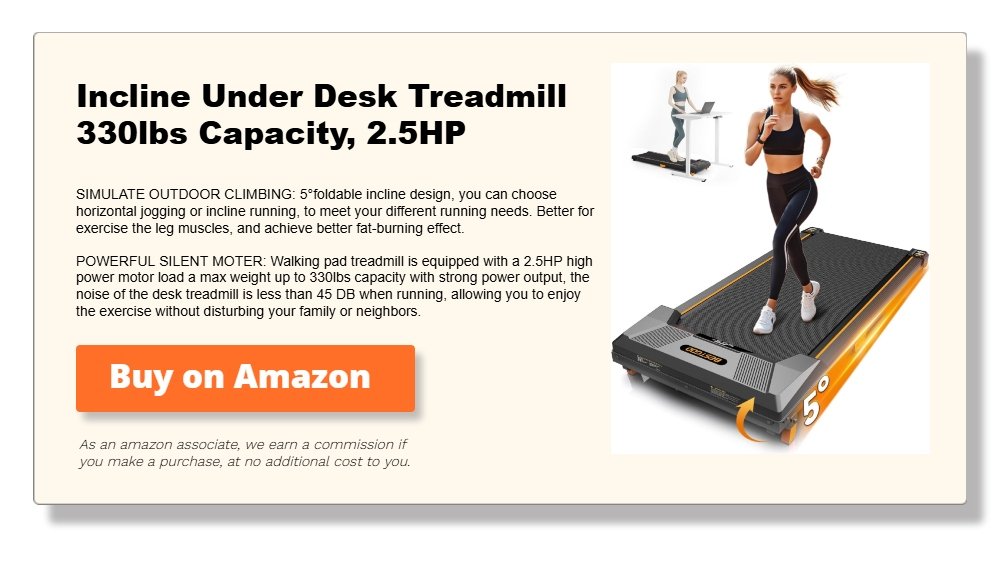
3. Vinyl Flooring (Luxury Vinyl Tile/Plank – LVT/LVP): The Versatile All-Rounder
Vinyl flooring offers a blend of durability, aesthetics, and ease of maintenance, making it a good option for multi-purpose home gym spaces.
- Pros:
- Durable and Scratch-Resistant: Modern LVT/LVP is tough and can handle moderate traffic and equipment.
- Waterproof/Water-Resistant: Excellent for areas prone to sweat and spills.
- Easy to Clean: Smooth surface that is simple to maintain.
- Versatile Aesthetics: Available in a wide range of designs, including realistic wood and stone looks.
- Relatively Affordable: Offers good value for its durability and appearance.
- Cons:
- Limited Shock Absorption: Provides less cushioning than rubber or foam. May require additional mats for high-impact activities or under heavy weights.
- Can Be Slippery When Wet: Depending on the texture, some vinyl can become slippery.
- Can Be Gouged by Sharp Objects: While durable, sharp impacts could potentially damage the surface.
- Best Suited For: Multi-purpose rooms that double as a gym, cardio areas, light to moderate strength training. Often best paired with rubber mats in specific zones for weightlifting.
4. Carpet Tiles: Comfort and Warmth, With Caveats
While not typically the first choice for a dedicated “professional” gym, carpet tiles can have a place, especially in colder climates or for specific activities.
- Pros:
- Comfort and Warmth: Provides a softer, warmer feel underfoot than harder surfaces.
- Some Noise Reduction: Can help dampen sound.
- Easy to Replace: Damaged individual tiles can be swapped out.
- Good for Low-Impact Activities: Suitable for stretching or some bodyweight exercises.
- Cons:
- Difficult to Clean: Can absorb sweat, spills, and odors, making hygiene a challenge.
- Not Ideal for Heavy Lifting: Offers minimal shock absorption for dropped weights and can trap dust and debris. Equipment can also snag or damage carpet fibers.
- Can Harbor Allergens: May not be suitable for individuals with allergies.
- Less Traction: Depending on the pile, may not offer the best grip for dynamic movements.
- Best Suited For: Low-impact exercise areas, stretching zones, basements or colder rooms where warmth is a priority. Not recommended for serious weightlifting or HIIT.
5. Horse Stall Mats: The Heavy-Duty, Budget-Friendly Powerhouse
A surprisingly popular and highly effective option, particularly favored by powerlifters and those on a tighter budget who need extreme durability.
- Pros:
- Extremely Durable and Shock Absorbent: Designed to withstand the weight and impact of horses, these mats are incredibly tough (often 1/2 to 3/4 inch thick).
- Cost-Effective: Typically much cheaper than commercial gym-grade rubber flooring for a similar level of protection.
- Excellent for Heavy Weightlifting: Provides outstanding protection for subfloors from dropped heavy weights.
- Cons:
- Very Heavy and Difficult to Move/Install: These mats are cumbersome and can be challenging to cut to size.
- Strong Odor: Often have a very potent rubber smell that can take a considerable amount of time (weeks or even months) and effort (cleaning, airing out) to reduce.
- Rougher Appearance: May not offer the polished look of commercial gym flooring.
- Surface Texture: Can sometimes have a textured surface that traps dirt more easily.
- Best Suited For: Serious weightlifting, powerlifting, Olympic lifting, garage gyms, areas where extreme durability and impact protection are paramount and aesthetics/odor are secondary concerns.
Key Considerations When Choosing Your Home Gym Flooring
Selecting the right flooring is a critical decision. Here’s a deeper dive into what you need to keep in mind for a professional setup:
- Type of Activity & Intensity:
- Heavy Weightlifting (Powerlifting, Olympic Lifting): Prioritize thick rubber flooring (10mm+ or horse stall mats) for maximum shock absorption and subfloor protection, especially in deadlift areas or under squat racks. Consider dedicated lifting platforms.
- General Strength Training & HIIT: High-quality rubber flooring (8-10mm) offers a good balance of durability, shock absorption, and traction.
- Cardio (Treadmills, Ellipticals, Bikes): Durable rubber or LVT is suitable. Ensure the flooring can handle the weight and vibration of the machines without indenting or slipping. Equipment mats under machines can also provide extra protection.
- Yoga, Pilates, Bodyweight Exercises: Foam tiles offer excellent cushioning. LVT or even some low-pile carpet tiles can also work, perhaps with a yoga mat for extra comfort.
- Subfloor Protection:
- Assess your existing floor. Concrete slabs are robust, but even they can crack under extreme impacts. Wooden subfloors are far more vulnerable and require substantial protection if heavy weights are involved.
- The heavier the weights you lift, and the higher the chance of dropping them, the thicker and more shock-absorbent your flooring needs to be. For upper floors, impact sound transmission to rooms below is a major concern, necessitating thicker, more specialised rubber or acoustic underlayments.
- Maintenance and Hygiene:
- Consider how easy the flooring is to clean. Rubber and vinyl are generally low-maintenance, requiring sweeping/vacuuming and occasional mopping with a pH-neutral cleaner.
- Avoid overly textured surfaces if you want easy cleaning.
- For sweaty workouts, materials that don’t absorb moisture are crucial to prevent mold, mildew, and odors.
- Installation:
- Interlocking Tiles (Rubber or Foam): Easiest for DIY installation. No adhesives usually needed, and easy to replace individual tiles.
- Rubber Rolls: Can be more economical for larger areas but are heavy and may require precise cutting and adhesive for a permanent installation, especially at seams.
- LVT/LVP: Can come in click-lock systems (DIY-friendly) or glue-down versions (may require professional installation for best results).
- Horse Stall Mats: Heavy and unwieldy. Cutting often requires a sharp utility knife and significant effort. Usually laid loose due to their weight.
- Budget:
- Flooring costs can vary significantly.
- Most Affordable: Foam tiles, some carpet tiles.
- Mid-Range: Horse stall mats (per sq ft), some vinyl options, thinner rubber tiles.
- Premium: Thick, high-quality rubber rolls or tiles, specialised acoustic flooring.
- While it’s tempting to opt for the cheapest option, remember that quality flooring is an investment. Durable materials will last longer, provide better protection, and enhance your workout experience, potentially saving you money on subfloor repairs or equipment damage in the long run.
- Flooring costs can vary significantly.
- Space and Layout:
- For smaller, dedicated spaces, tiles might be easier to manage. For larger rooms, rolls might offer a more seamless look, though installation is more involved.
- Consider if you need to cover the entire room or just a specific zone. You might use heavy-duty rubber in your lifting area and a different, more comfortable material elsewhere.
- Noise and Vibration Reduction:
- Beyond the inherent properties of the flooring material itself, consider using an acoustic underlayment, especially if your gym is on an upper floor or if noise is a major concern. This is particularly important under treadmills or areas for plyometrics.
- Aesthetics and Atmosphere:
- While function is paramount, the look and feel of your gym can impact your motivation. Choose colours and textures that create an energising and inviting space. Rubber and LVT offer various colour and pattern options.
Investing in Your Foundation for Long-Term Fitness Success
Your home gym floor is more than just a surface; it’s an integral part of your training environment. By carefully considering your workout style, equipment, space, and budget, you can select flooring that not only protects your home and your body but also elevates your workouts to a more professional and enjoyable level. Whether you’re outfitting an entire room or carving out a dedicated corner for your dumbbells and yoga mat, starting with the right foundation is key. Choose wisely, and you’ll be well on your way to enjoying your personalised fitness sanctuary for decades to come.


